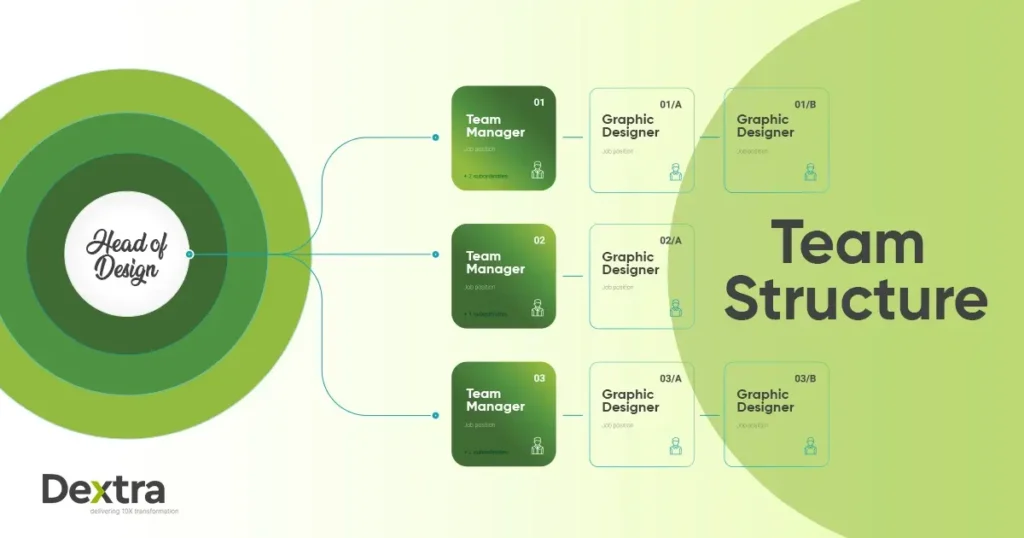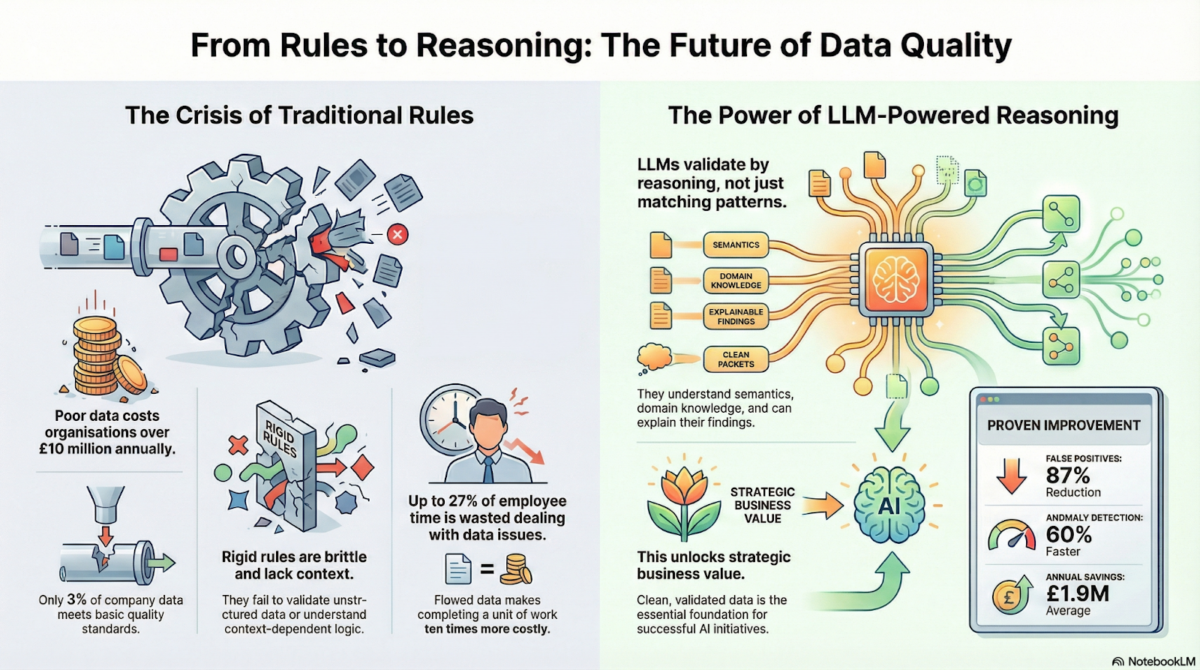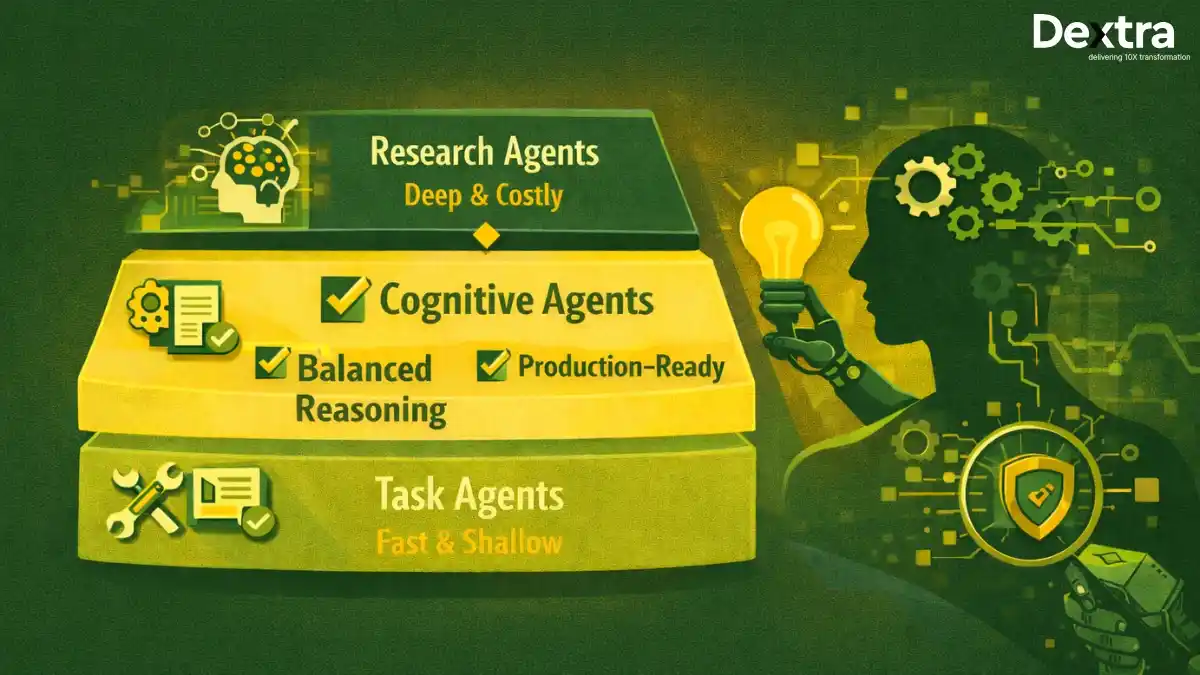Are you seeking a feasible team structuring unit to boost your business performance and scalability? In this fast-paced era, every scalable business integrates the best organizational structure to streamline its workflows and optimize its brand image to enhance efficiency. A suitable team structure involves task preferences, collaboration, and allocating responsibilities to dedicated teams.
In this article, we are unboxing the mysterious facts of the world’s high-performing business units and their team structure and how you can choose the best option for team structuring and craft compelling business policies to boost the operational structure. Moreover, this read elaborates on why companies need appropriate team structure for efficient management.
What Is an Organizational Structure?
The systematic operations consist of the tasks being divided, allocated to the dedicated teams, building a collaborative environment, and supervised by an expert supervisor or team leader for the ultimate goal of completing the task in a fixed period that aligns with the organizational aims.
The organizational structure is pivotal in building a sustainable operational channel to advocate the perfect brand image in any organization. This structural frame is essential for the companies to lay the concrete foundation and the promotional channel of operational goals in the daily routine cycle. Organizational structure is the transparent glass of the company’s internal controllable system in which the company advocates their project efficiency.
Also Read:- What is a Chief Technology Officer
Why Do We Need Organizational Structure?
Stimulate Creativity
Each business’s primary goal is to build dedicated teams under their supervision to boost workflows and overall efficiency. More efficient teams stimulate creativity to generate innovative ideas and craft more dedicated ideas to perform the tasks more efficiently.
Encourage Engagement
Agile team structuring emphasizes promoting engagement in the business between the stakeholders and the developers or manufacturers. These collaborative environments provide opportunities to discuss errors and maintain a proper balance in performing their tasks more efficiently. The engagement of stakeholders and developers can let the teams understand the actual desire of the project and what the market demands from them; this process improves the workflows.
Establish Strong Relationship
A well-integrated team management structure assists in building solid relationships between suppliers, manufacturers, developers, and stakeholders. Collaboration and strong relationships are essential for business growth and timely project delivery in the market. Companies are focused on building strong relationship channels with proper guidance to deliver project essentials and materials smoothly.
Boost Productivity
One prime methodology, agile, also focuses on the speedy delivery of projects. In many methods, companies divide their projects into smaller divisions to take more control over them and saturate the projects with dedicated teams to perform more efficiently and quickly throughout the project delivery. Minor divisions of tasks can boost the overall team’s productivity and help them accomplish more goals in a short span of time.
Spark Innovation
The teams can provide more creative and innovative ideas and suggest soothing processes to maintain the work pressure in any business sector. That’s why companies are more concerned about developing more lucrative opportunities to unite the teams for productive discussion over internal issues to minimize the bug load.
Adaptability
The core requirement of any business is integrating appropriate tools and project management methodologies, most notably crafted policies, to adapt the best project management organizational structure that aligns with the company’s requirements and can be easily adapted by divided teams.
The team structure can be integrated in many ways, aligning with the company objectives and vision policies to determine the nature of the project and the accurate workflow efforts to accomplish the desired goals.
Types of Team Structure
There are numerous types of team-based organizational structures to build scalable business growth policies and optimize the team-building environment in more collaborative, informative, and understandable ways. The adaptability of team structure depends on the size, scale, and nature of the business affairs. We are sharing some prime team structural examples to understand in adopt the best methodology following your organizational goals.
1- Hierarchical Structure
In the 21st Century, the hierarchical structure is considered one of the best to integrate into any business to scale and build a strong collaboration of employees under a supreme super visionary leader called Chief Executive Officer (CEO). The authority can make any decision, but only with the collaboration of all departments under their control. This pyramid or tree-shaped structure floats the power from the upside to the lower according to their responsibilities and skillsets.
Three policymakers, Lim, Sambrook, and Griffiths, developed this super-functional team structuring policy to boost business effectiveness in all functional operations. It is also defined as combining its hierarchal and community structure to build a collaborative relationship between the business units and the stakeholders.
Key Factors:
- Collaborative and communicative
- Easy control over the team’s performance
- Best integration for all businesses and opportunities
Demerits
- It is hard to adapt to inexperienced employees
- It’s hard to communicate with the lower teams
2- Team-Shape Structure
One of the easiest and most suitable team structures is dividing the teams under one control and collaboration of experts depending on their skills, qualities, and core expertise to maximize the output for business productivity. This team structure assists new startups and small-scale businesses in crafting efficient control over projects. According to the business’s niche, the team can involve many experts such as engineers, developers, accountants, etc. This structure has the most adaptable, flexible, and sustainable components to promote the business channel. This organizational structure is suitable for handling multiple projects, meeting the earliest deadlines under pressure, and integrating scalable results and quality products.
Example:
One prime example of this team-shape structural adaptability is at Google. Google allows the environment to shuffle the whole project into structuring the teams according to niche and responsibility to maximize outputs. It also promotes collaboration between team members to save their project time.
Key Factors:
- Dividing the teams according to the expertise
- Efficient control on multiple functions
- Suitable for big organizations
Demerits
- It is hard to hire dedicated teams for different functions
- It is an expensive methodology to structure multiple teams and retain cost
3- Matrix Structure
The collision of all operational functions and products comprises a matrix structure. This structure requires teams of dedicated employees to accomplish the targetted goals and strengthen the product manufacturing flow lines. It combines hierarchical and flat model structuring to streamline product functions in the same run. In a simple context, the matrix structure is bound to report to multiple managers or supervisors to update them regarding the project updates and do according to their advice. Therefore, it is a linear operational structure.
Example:
Suppose a company is working on two projects simultaneously, “Product A” and “Product B.” The matrix structure solves operational pressure by dividing the roles for each product. They can compile “Product A” teams separately and “Product B” teams separately to allocate their roles for different products under different managers.
Example:
General Electonic, one of the leading American appliance manufacturers, is adopting the Matrix strategy in its organizational operations because it is working on multiple product ranges under its control. Therefore, it needs more dedicated teams for specific product manufacturing.
Key Factors:
- Collaborative team’s unity for different goals
- Multitasking with a maximum no. of teams
- Cost efficient
Demerits
- It is hard to implement many tasks under one leadership
- Poor performance of some teams can damage business credibility
4- Flat Structure
A flat organizational structure, commonly known as a flat hierarchical or horizontal structure, has no managerial or supervisor barrier between the staff and the Chief Executive Officer (CEO). This is the most useable structure in single operational units, small-scale industries, startups with limited resources, or distributional businesses to perform the activities under one supreme supervisor. It builds a scalable relationship between the CEO and the operational staff and minimizes the informational and instructional gap.
In a flat structure, the employees are directly reported to the competent authority, overcoming the barrier of multiple managers, and can command their tasks with a single instruction. A manager in the flatbed holds more responsibilities and powers than a manager in any other structure. No middle management can enhance the chances of growth and ensure the smooth availability of all business essentials. Agile methodology is applied to this structure to speed the working mobility and optimize the workflows for maximum results with minimal interruptions.
Example:
Valve Corporation is known for its variety of inventions in the gaming industry and some notable products. This company operates without middle-interrupting functionalities.
Key Factors:
- Overcoming the barrier of managerial permission
- Easy control over the team’s performance
- Suitable for newly built startups under a limited budget
Demerits
- The managerial gap cannot boost the monitoring function
- It’s hard to communicate with the higher authorities
5- Divisional Structure
This structural methodology usually operates in big companies that perform their business activities for multiple businesses under one roof. The parent companies are divided into smaller units based on area, business size, and core functions to bear their own profit and loss statements and be answerable for their prime operations and responsibilities. The subordinate units of the parent company are independent in their task performance under single guidelines. One key benefit of this structuring is, that it is suitable for large organizations and multiple product manufacturers or operations.
A key example of team structure is Amazon. Amazon owns many baby companies, such as AWS, Prime Videos (for video streaming), and many fulfilments.
6- Functional Structure
Functional organizational structuring is considered the most demanding after the team-based structure because this team structure resonates with the core skills according to the project function. Some examples of functional structures are teams divided on the basis of collaboration and coordination, supervisory goals, and task allocation among the team members to perform their activities according to their functions and skills.
Some organizational are adopting this structuring policy to encourage operataional efficiency, where a company retain significantly recognized employees and perfect with their skillset to perform their core fuction dedicatly and passionately to meet the desireable results of the stakeholders by promoting brand image.
7- Bureaucratic Structure
Bureaucracy is a royal structure in which decisions are made under supreme power and need approvals from upper royal power. It is considered a political and governmental structure that empowers the decision-making power for the ultimate growth of the lower living.
8-Process-Based Structure
Many tech companies and newly built startups are adopting project based organixational sturiuctre to meet the deadlines and accomlising the on-going projects. These structrue benefits those companies who are completing the outsourcing orders and process under their dedicated teams according to the product niche. Sometimes, companies hires the relevent manpower to compelete the project. These startups adopt this structure to speed the process and boost productivity with minimal resources.
Frequently Asked Question
Q-1) Which is the most demanding team structure?
Hierarchical Structure is known as the most famous and demanding team structure to organize team performance under a strong leadership chain and supervisor to monitor all the developing and manufacturing affairs.
Q-2) Why team structure is essential for any organization?
All the world-class companies making progress each day by integrating the most valuable tools and organizing team structuring and dividing in their relevant roles are enhancing the team and company performance. Therefore, every company’s primary goal is to associate their performance with the company’s policies.
Q-3) What is the core team structure?
For easy understanding, the Core Team (CT) is the temporary team collaboration of a limited number of subject matter experts, and all these operations are managed by a manager. The primary responsibilities of the managers are consulting all the problems and advising them to resolve issues for the teams assigned to any manager.
Wrapping Up
In the end, the scalability of every company is measured based on its smooth internal operational activities, which are performed under strong leadership or some operations without middle managerial powers and long-leading decision-making. Therefore, companies or new startups should hire expert services to integrate the appropriate team structures to streamline the organizational structure and build scalable performance. This efficient control under one leadership can maximize the project goals and admirable results.
In this fast-paced era, companies can achieve new milestones by adopting quality integrations keeping in mind that world-class companies are hiring dedicated teams to perform the quality functions minimizing the cost and extra efforts.








